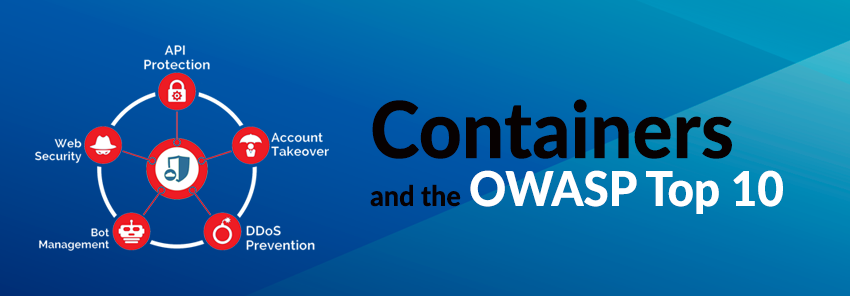What is WAF and How does it work?

A web application firewall (WAF) secures a web application such as websites from several application attacks such as cross-site scripting (XSS), DDoS attacks, ransomware attacks, SQL Injections, and many more.
These attacks cause drastic damage to enterprises that they become susceptible to losing not just their data but their reputation and customers’ faith in the market. With the right WAF solution, you can protect your application from getting breached and can prevent malicious attacks. Therefore, a web application firewall provides layer 7 protection against all kinds of attacks.
How does a Web Application Firewall work?
A web application firewall (WAF) blocks any unauthorized data that tries to enter your IT infrastructure by filtering, monitoring, and blocking them. It is done by setting certain rules known as policies that determine the traffic to be let in. In other words, you can teach your WAF what’s legit traffic and what isn’t. A WAF works in reverse proxy where it acts as an intermediary where it fights and blocks malicious traffic trying to enter an application’s system.
Normally, WAFs are available in
- Software
- Software-as-a-service (SaaS), and
- Appliance
Policies can be custom-made as per the enterprise’s needs and requirements. Nevertheless it is essential to keep your WAF upgraded for new vulnerabilities or choose a solution that automatically does that for you, ultimately relieving your SecOps teams to focus on other productive areas.
There are different ways in which a WAF is deployed as per your enterprise’s requirements and data storage. It also depends on whether you would like to take the responsibility in your own hands or want to give it to a third-party. Are you in need of an on-premise deployment? Or would you like to have it on your cloud?
Various options available for the deployment of a WAF are:
- In-Cloud + SaaS = This option can be a go-go for those who deal with large amounts of data and traffic on a regular basis and requires the fastest solution to filter out the unauthorized data. These WAFs integrate well with your systems and are easily customizable.
- In-Cloud + Self Managed = Here, you get the choice of flexibility and options to set rules yourself. When you are particular about certain features you want in your WAF to work, this is what you can opt for.
- On-premise Hybrid WAF = For these, web application firewalls (WAFs) are available in hardwares as well as in the form of software. They fulfill the need of customization, performance and advanced features for security. These WAFs are, however, less expensive than the others and are losing popularity due to inclination towards cloud-computing.

